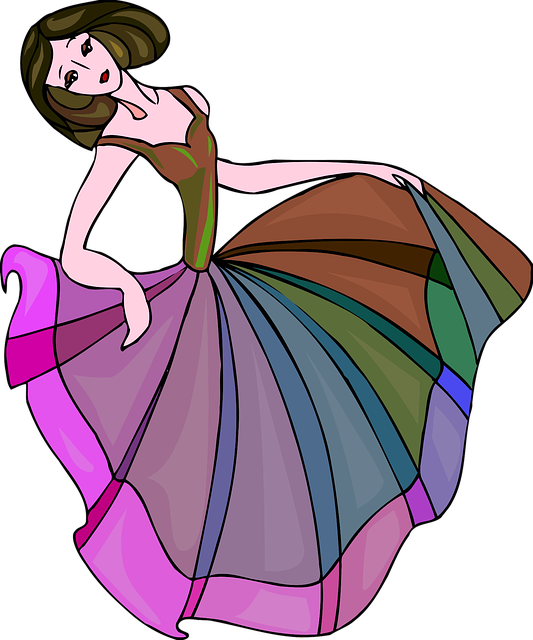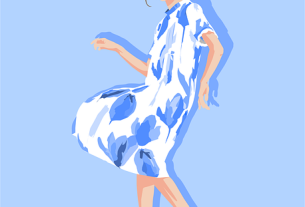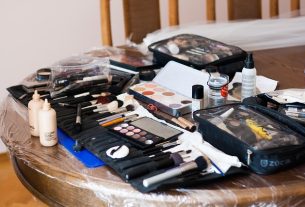Ever feel like you’re fading into the background? Like your clothes are wearing you, instead of the other way around? Color is powerful. It can lift your mood, boost your confidence, and make you shine. This guide helps you discover colors that truly bring out your best features. Let’s find your colors.
Understanding Color Theory Basics
Knowing the basics of color is super useful. It helps you make better choices. You will know which colors to mix and match.
The Color Wheel: A Visual Guide
The color wheel is a visual tool. It shows how colors relate. It has primary colors: red, yellow, and blue. Secondary colors are made by mixing two primary colors. Green, orange, and purple are examples. Tertiary colors are mixes of primary and secondary shades. Think red-orange or blue-green.
[Insert Image of Color Wheel Here]
Colors also have relationships. Complementary colors are opposite each other. Red and green are complementary. They create contrast. Analogous colors are next to each other. Blue, blue-green, and green work well together. Triadic colors are evenly spaced. Red, yellow, and blue make a triadic scheme.
Color Psychology: How Colors Make Us Feel
Colors evoke emotions. Red suggests energy and excitement. Blue is often calming. Yellow can mean happiness. Green can represent nature. Color meanings vary across cultures. White means purity in the West. It can symbolize mourning in some Asian countries.
Color Terminology: Hue, Saturation, and Value
Hue is the color’s name. It’s what we call red, blue, or green. Saturation is how intense a color looks. A highly saturated color is bright. A low saturation makes it dull. Value is how light or dark a color is. High value means it’s light. Low value makes it dark. These elements impact how a color appears overall.
Discovering Your Skin Undertones
Finding your skin’s undertone is key. It helps you choose the most flattering colors.
Warm, Cool, or Neutral? A Simple Test
One test involves your veins. Look at the veins on your wrist. Blue or purple veins suggest cool undertones. Greenish veins hint at warm undertones. If you can’t tell, you may have neutral undertones. Another test uses jewelry. Gold looks better on warm skin. Silver complements cool skin. The white fabric test is simple too. Hold a pure white cloth to your face. Does your skin look pink or rosy next to it? You likely have cool undertones. Does it look yellow or golden? Warm undertones may be at play.
Warm undertones are golden, peachy, or yellow. Cool undertones are pink, red, or blue. Neutral undertones have a mix.
The Importance of Undertones in Choosing Colors
Your undertone interacts with colors. This creates either harmony or clash. A warm color might look amazing on someone with warm undertones. It may wash out someone with cool undertones. Consider a bright yellow dress. It can make warm skin glow. It could make cool skin look sallow.
Common Mistakes in Identifying Undertones
Lighting can trick you. Indoor lights can affect your skin’s appearance. Tans can also mislead. Your surface skin tone changes with sun exposure. Undertones remain consistent. Many confuse surface tone with undertone. Focus on your skin’s natural hue, not its tan.
Best Colors for Warm Undertones
If you have warm undertones, you’ll look radiant in certain shades. Explore these colors for your wardrobe.
Clothing Colors That Complement Warm Skin
Warm skin shines in earthy tones. Think gold, olive green, coral, and mustard yellow. These colors enhance your natural glow. Imagine an olive green dress. It makes warm skin look healthy. A mustard yellow sweater adds brightness.
Makeup and Hair Colors for Warm Skin
For makeup, think bronze, copper, and peach. These warm shades highlight your complexion. Golden blonde hair is often stunning. Warm brown or auburn shades are great options too.
Colors to Avoid for Warm Undertones
Cool blues and purples can sometimes wash you out. These can make warm skin look dull. Try warmer versions of these colors instead.
Best Colors for Cool Undertones
Cool undertones thrive with cool colors. These shades brighten your features.
Clothing Colors That Complement Cool Skin
Silver, ice blue, lavender, and emerald green are perfect. These colors flatter cool skin. Picture an ice blue blouse. It brightens cool complexions. An emerald green dress enhances your natural coloring.
Makeup and Hair Colors for Cool Skin
Cool-toned makeup like silver, berry, and pink is ideal. Ash blonde or cool brown hair works well. Black hair also complements cool undertones.
Colors to Avoid for Cool Undertones
Avoid warm yellows and oranges. They can make cool skin look sallow. Opt for cooler versions of these colors.
Best Colors for Neutral Undertones
Neutral undertones get the best of both worlds. They can rock a wide variety of colors.
The Versatility of Neutral Undertones
Having neutral undertones is a gift. You can experiment with both warm and cool shades. This makes color choices easy.
Colors That Work Well for Neutral Skin
A balanced palette looks great on you. Try soft pinks, jade green, and light blues. Gray and off-white shades work too. A soft pink top looks beautiful. Light blue jeans are a great casual option.
Tips for Styling Neutral Undertones
Mix warm and cool colors. It creates visual interest. Accessorize with both gold and silver. Play with different shades and intensities.
Beyond Undertones: Considering Hair and Eye Color
Hair and eye color play a role. They refine your best color choices.
How Hair Color Affects Your Color Palette
Blondes look stunning in pastels. Brunettes shine in jewel tones. Redheads can rock earth tones. Black hair pops with bold colors.
Eye Color and Color Coordination
Blue eyes are enhanced by blues and grays. Green eyes look amazing with greens and purples. Brown eyes sparkle with gold and bronze. Hazel eyes pair well with earth tones.
Creating a Cohesive Look
Balance clothing, makeup, and accessories. This creates a stylish appearance. Pick colors that complement each other. Don’t be afraid to experiment.
Conclusion
Finding flattering colors involves a few key steps. Determine your undertones. Think about your hair and eye color. Experiment with different shades and trust your instincts. Color should be a tool. You can express yourself and build confidence. Finding colors that make you shine is a journey. Enjoy the process of discovery.



